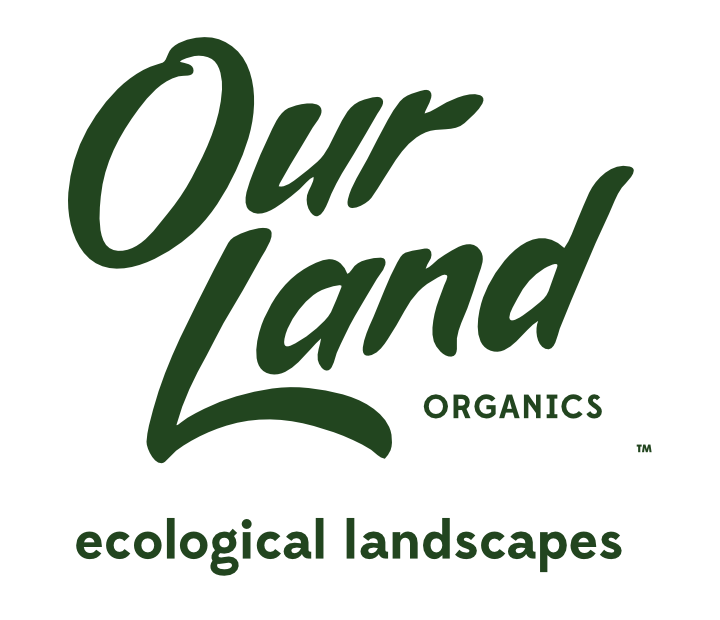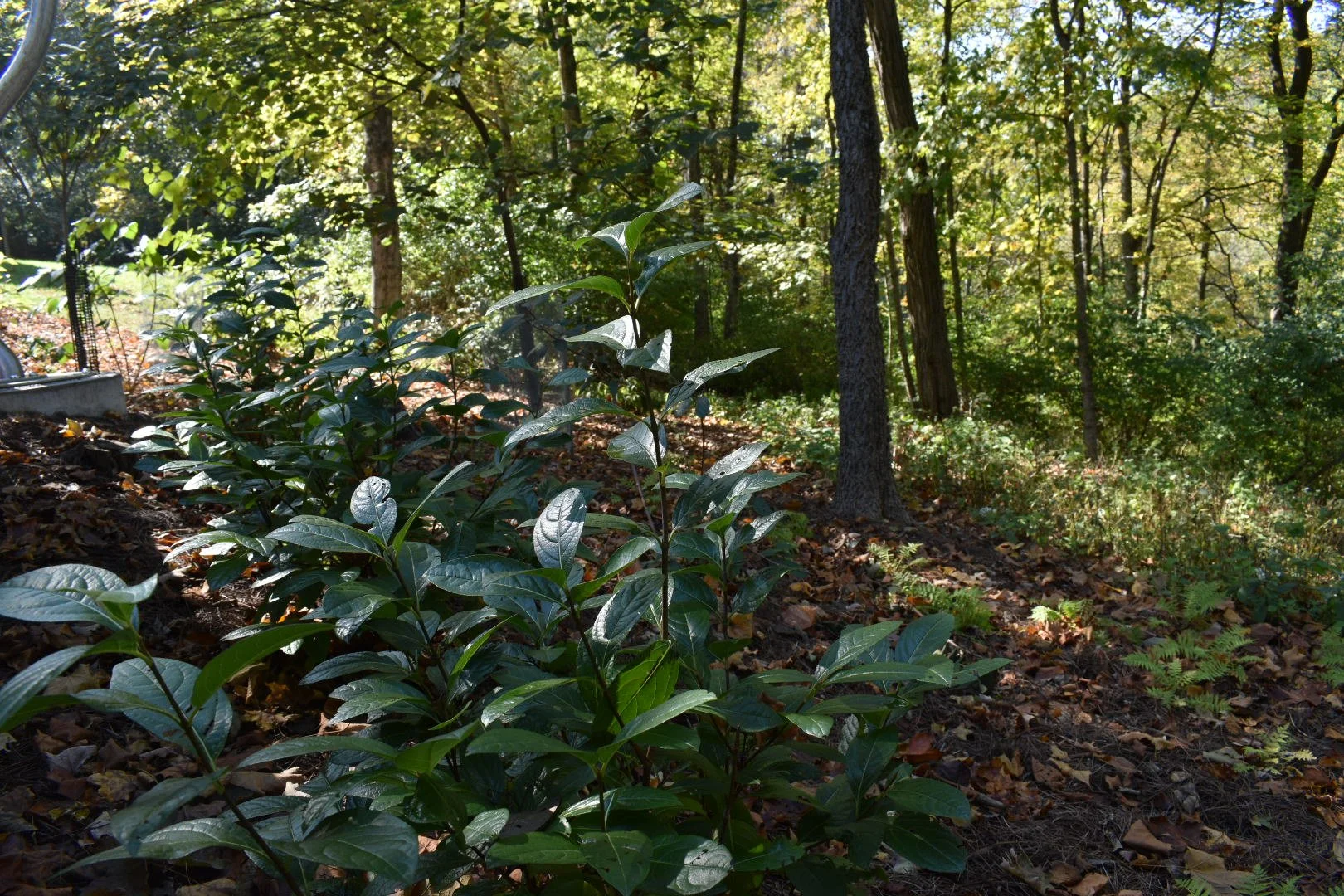Invasive honeysuckle causes all kinds of headaches.
Invasive honeysuckle crowds out native plants, suffocating the forest floor, blocking sightlines, and taking up usable space.
It crowds woodland spaces—blocking paths, shielding views, and making it harder for kids to play and adults to use their backyards.
It chokes out native plants, harming ecological functions and depriving pollinators of appropriate nutrients and habitat.
It degrades our waterways via increased erosion and sedimentation. And when bush honeysuckle leaves decompose in water, they can harm water quality and aquatic life.
It looks and feels cluttered and uninviting.
Removing honeysuckle lets you reclaim your yard.
With honeysuckle removed, the space looks prettier and feels calmer and more inviting. Sunlight reaches the forest floor, and native plants have room to thrive.
Sightlines open up, pathways appear, and your yard or woods will feel more spacious. This creates a calming and functional area.
Native plants can grow in the spaces left behind by honeysuckle. This supports vital pollinators and wildlife, improves the health of your back woods, and stabilizes soil, decreasing erosion issues. It also contributes to forest restoration.
With honeysuckle gone, you can redesign the landscape in ways that bring beauty, serenity, and ecological value to your outdoor space.
We offer several honeysuckle removal and replacement packages to suit your needs. Learn more below, or book a call to chat with one of our team members.
Honeysuckle Removal Packages
You can remove honeysuckle at any time of year, but we’re especially keen on winter removal.
Honeysuckle are dormant in the winter, so they won’t try to produce new growth right after cut-back. This effectively weakens the plant. And because the plants have dropped their leaves, we’re able to work as efficiently as possible.
No matter when you elect to remove honeysuckle from your yard or back woods, we offer several packages to handle the dirty work. Our experienced team uses a combination of mechanical methods and all-organic herbicides to ensure the removal process is both effective and safe for people, pets, and wildlife.
*Note: The estimates below reflect ballpark pricing only based on a ¼ acre lot. Scale and density may change pricing.
Stop the Spread
We’ll remove all existing honeysuckle, digging up plants as able, cutting any remaining plants back to the ground and solarizing the stumps w/black plastic to minimize future grow back.
You choose the disposal method—we can chop and drop, chip the woody material on site, or haul it all away.
Investment: Approx. $800 - $1,500
Remove and Replace
The vital next step after removing honeysuckle is to install native plants. Quickly establishing natives helps them compete with the potential arrival of more honeysuckle or another invasive. It’s also the fastest way to beautify your space.
To start off, we’ll remove all existing honeysuckle, digging up plants as able, cutting any remaining plants back to the ground and solarizing the stumps w/black plastic to minimize future grow back.
You choose the disposal method: We can chop and stack the plant material on-site, chip it up, or haul it away.
Then, we focus on restoring your outdoor space. We’ll evaluate the site, determine what to plant after removing honeysuckle, and share native plant pattern sketches so you’re involved in the design process.
At this point we’ll give it some time (6-12 months) to assess what grows in after the initial honeysuckle removal. Post this we’ll make any adjustments to the plant layout and then we’ll install the native plants and establish your new landscape for long-term beauty and ecological health!
Investment: Approx. $5,000 - $10,000





